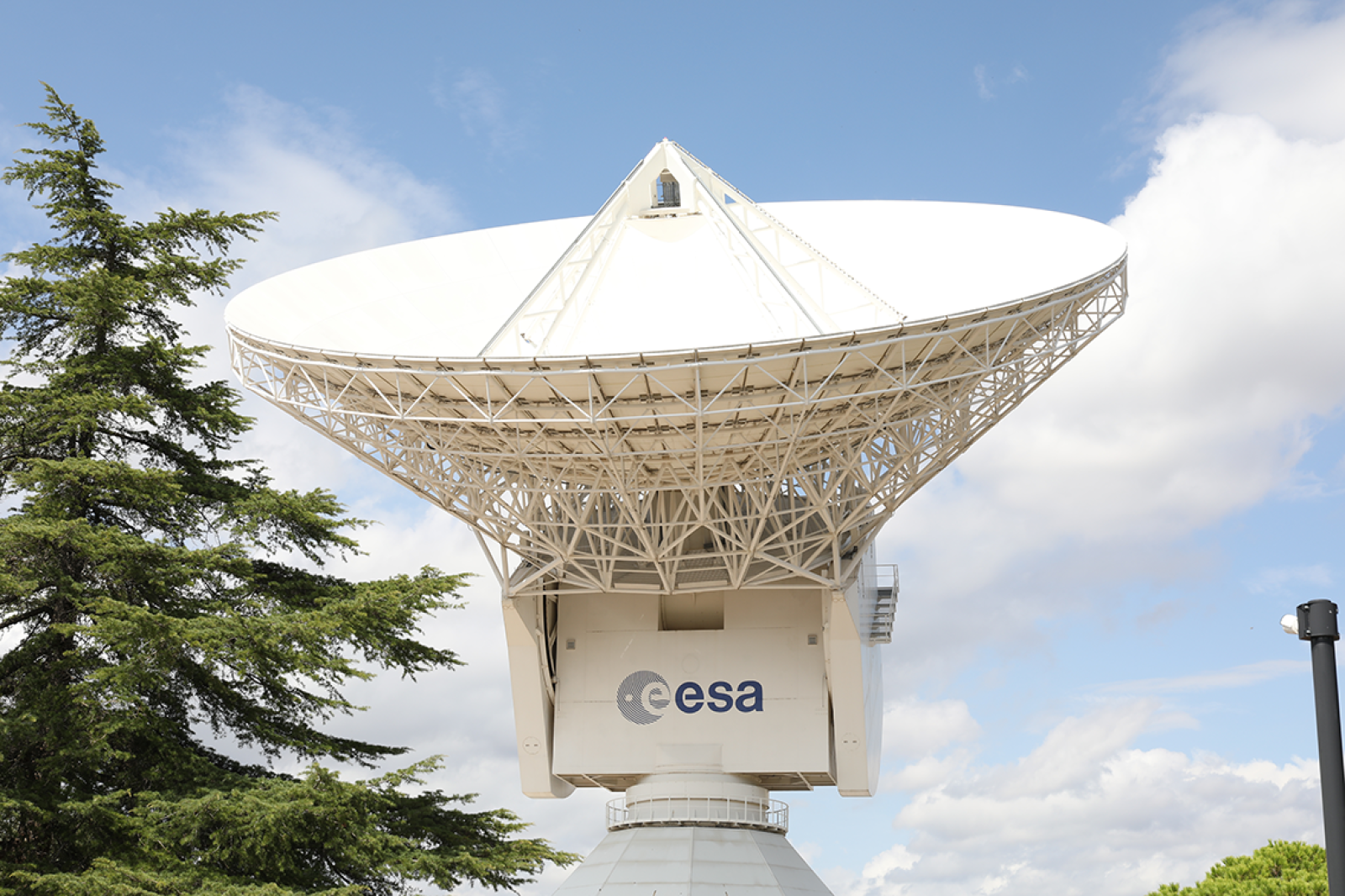
From Ávila, in the municipality of Cebreros, world class level science research is being conducted in the field of space exploration: there is one of ESA’s most important scientific facilities and one of the most relevant deep space antenna, above the NASA facilities.
The European Space Agency Cebreros 35 metre deep space antenna in the province of Ávila is only fifty minutes from the ESAC Astronomy Centre, located in Villanueva de la Cañada, Madrid. It is one of the three terrestrial deep space stations belonging to the ESA, alongside the corresponding station in New Norcia, Australia and Malargüe, in Argentina.
Inaugurated in September 2005, the Cebreros Deep Space Station began operating in time to provide support for the Venus Express mission. It is designed for satellite missions in deep space and provides daily support for Gaia, Mars Express, Solar Orbiter, Exomars, Bepi-Colombo and JUICE, inter alia, and it will very soon provide support for all the missions projected by the ESA, both the planetary missions and those aimed at Lagrange Points.
During routine operations, the Cebreros Antenna operates remotely from the European Space Track Control Centre (Network Operations Centre) located at the European Space Operations Centre, in Darmstadt, in Germany.
The Cebreros antenna includes last generation technology, which bring some advantages over the New Norcia (DSA-1) installation, ESA’s first deep space antenna. For example, the capacity for data acquisition in Cebreros is greater, given that is receives Ka band signals (3.,8 - 32.3 GHz) and K band signals (18 - 27 GHz). Cebreros also has greater pointing accuracy, with a maximum scope for error of 6.0 millidegrees, and the Deep Space Antenna 2 is considered to be one of the most modern and most powerful deep space antennas, and with one of the best performances worldwide as of 2023.
Cebreros forms part of the ESTRACK network as one of the main terrestrial stations. Currently, ESTRACK comprises 9 antennas:
Santa María (Azores), Redu (Belgium), New Norcia 1 and 2 (Australia), Malargüe (Argentina), Kourou (French Guiana), Kiruna 1 and 2 (Sweden) and Cebreros (Spain).
















